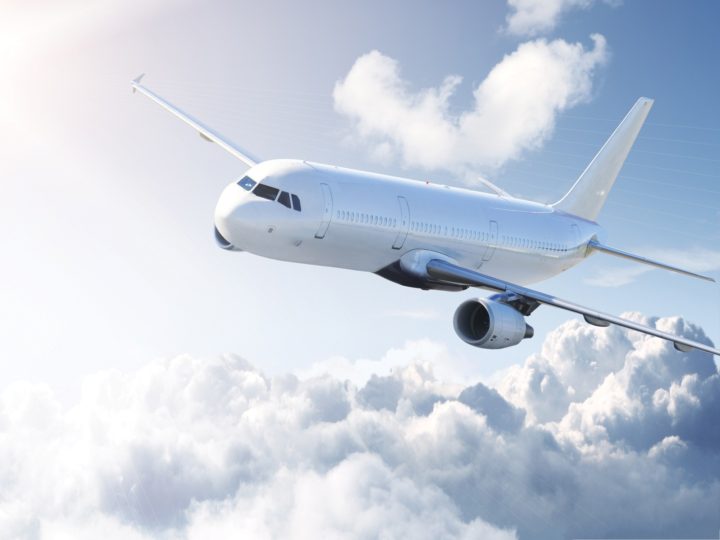Deferring income tax liability from high income tax years to low income tax years while saving for retirement has clear advantages. Understanding which strategy to employ, however, can lead to murky waters. By having a clear vision of your firm and personal goals, tremendous tax savings can be had.

Taxes, per Benjamin Franklin, are a certainty in life. In the case of taxes and our progressive tax structure it is advantageous for taxpayers to defer income tax liability to later years if they can expect their marginal tax rate to decrease. For the entrepreneur this often requires the selection of a retirement plan endorsed by the U.S. Department of Labor. To make matters complicated there are a wide variety of strategies to be considered before implementation.
Before jumping into any specific strategies a handful of factors should be considered before selection:
- Savings Goal: The nominal savings goal of the firm owner and key employees will have an effect on what plan to implement. Typically, the larger the desired savings, the more bells and whistles required to satisfy the savings goal. Bells and whistles can cost the firm additional maintenance, time, and expense but given the potential tax savings, worth it.
- Age: Depending on the age of the firm owner and employees there are plans and formulas that work in favor of older and experienced ownership groups. Providing an employee census to a retirement plan advisor will provide the information necessary to develop detailed hypothetical illustrations.
- Employees: Although the direction of the plan is ultimately made by management the benefit will affect all eligible employees. Considerations such as an employer match and profit share can help an employer stand out when competing for best talent.
- Cash Flow: Are you a litigation firm with a handful of strong and consistent clients? Or do you work on contingency and go months, maybe years before receiving your next payday? Considering cash flow is essential as some plans require long-term commitments and mandatory employer contributions regardless of business success.
After considering the above it is then time to select a strategy that is most appropriate for your goals given your unique circumstances. Please note, if you are using a particular plan today you may be able to switch to a more appropriate plan in the future should the strategy make more sense.
SIMPLE IRA
The big consideration here is how much the firm owner would like to contribute since the maximum contribution is low relative to alternatives.
| PROS | CONS |
| Easy and affordable to set up and operate | Limited employee contribution maximums ($12,000, $15,000 if participant is age 50 and older) |
| No testing or administration | Mandatory annual employer match or non-elective contribution |
| Employer contribution is deductible | Steep penalties for early withdrawal and rollover |
| Two-year employee eligibility requirement |
SEP-IRA
Contributions are pro-rata, if the firm owner contributes 25% of their net income, then 25% of each employee/s’s annual compensation will have to match.
| PROS | CONS |
| High contribution limit, lesser of $53,000 or 25% of compensation | Contribution percentages are same across eligible employees |
| Easy and affordable to set up and operate | Employer contribution only |
| Tax deductible contributions | No catch-up contributions (age 50 and older) |
| Contribute one year and not the next | |
| Can be combined with Cash Balance Plan | |
| Employer friendly eligibility requirements |
Solo 401(k) / 401(k)/Profit Sharing Plan
Although costlier to set up and maintain, a 401(k) plan offers broad flexibility for the firm owner through customized eligibility requirements, employer contributions, and profit sharing plan structure.
| PROS | CONS |
| High contribution limits when including profit-sharing contributions ($53,000) | Required plan document (about $1,500 to set up) |
| Pre-tax and Roth employee contributions | Tax filing often required |
| Age 50 and older catch-up provision | Relatively expensive to operate |
| Borrowing Capabilities | Recently been exposed to litigation due to mismanagement |
| Can be combined with Cash Balance Plan | |
| Effective benefit to attract and retain top talent |
Cash Balance Plan
Often a complement to an existing SEP-IRA or 401(k)/Profit Sharing Plan these plans supercharge savings for firm owners looking to save beyond the limits of traditional plans.
| PROS | CONS |
| Tremendous annual contribution amounts | Expensive to set up and operate |
| Test very well inside small law firms | Funded entirely by the employer |
| Can be combined with other plans to enhance tax-deferred savings | Requires constant cash flow and minimum annual funding |
| Contributions are deductible as a business expense | Must be offered to all eligible employees |
| Weigh benefits to ownership and key employees | Must continue for 5 to 10 years |
| Effective benefit to attract and retain top talent | Investment responsibility on behalf of the firm |
Life Insurance
Although not an employer-sponsored plan, the effective use of life insurance can lead to valuable tax savings when withdrawals are executed effectively.
| PROS | CONS |
| Death Benefit (if necessary) | High fees |
| Build Cash Value | Complex offerings |
| Tax-deferred earnings | Exclusive to policy owner, not an employer-sponsored benefit |
| Easy to borrow funds | Policy owner may not need a death benefit |
| Near unlimited contribution amounts | Less tax efficient than other strategies |
I often speak about focusing on what you can control: planning, risk, expenses, and taxes are core tenants of my planning philosophy. Here we are focusing on planning and taxes where we are looking to pay less taxes, improve the compensation and benefits packages at our firms, and plan for a successful financial life after our professional lives slow down or come to a close.
For a customized and in-depth look at what retirement plan options are best for you, your employees, and your company do not hesitate to reach out to your accountant AND retirement plan advisor. If you do not have a full team today, Engage in Wealth can assist and provide direction.
Drew Hefflefinger is a CERTIFIED FINANCIAL PLANNER™ at Engage in Wealth in Denver, Colorado. Drew specializes in working with legal professionals by helping them preserve and grow wealth while achieving life goals. Drew can be contacted at drew@engageinwealth.com.





